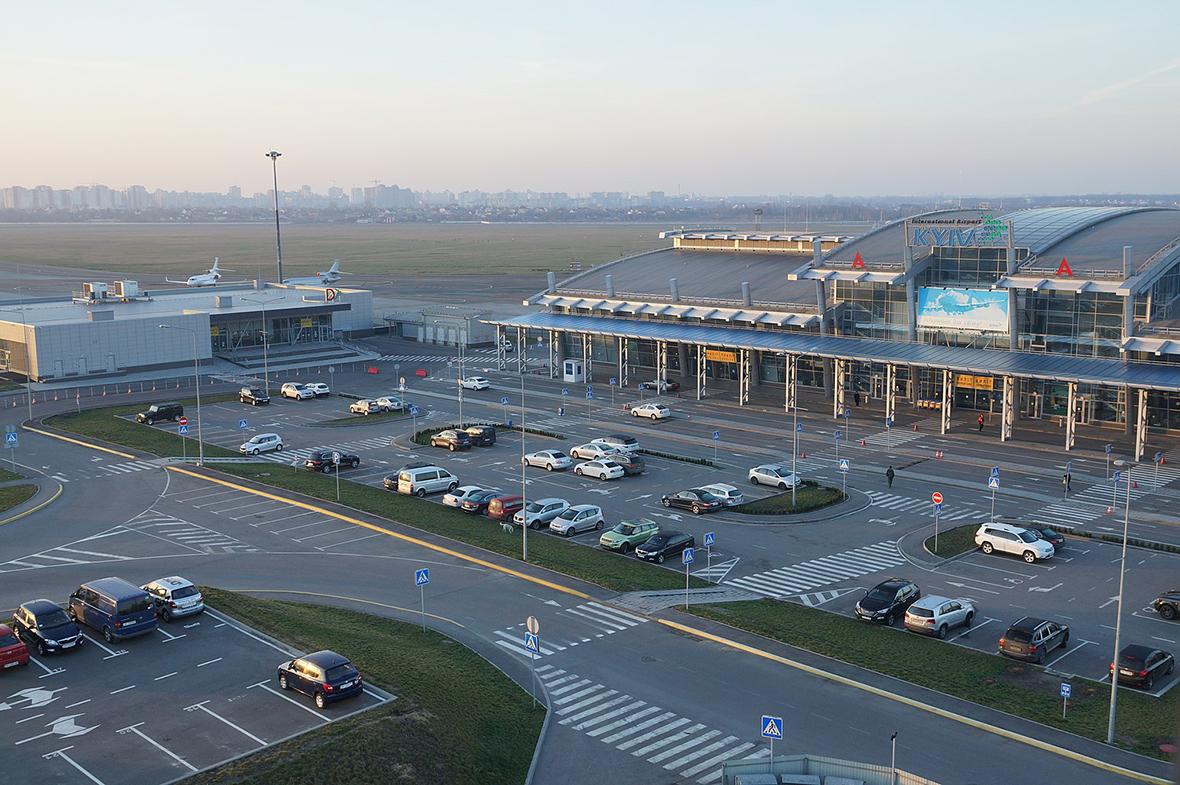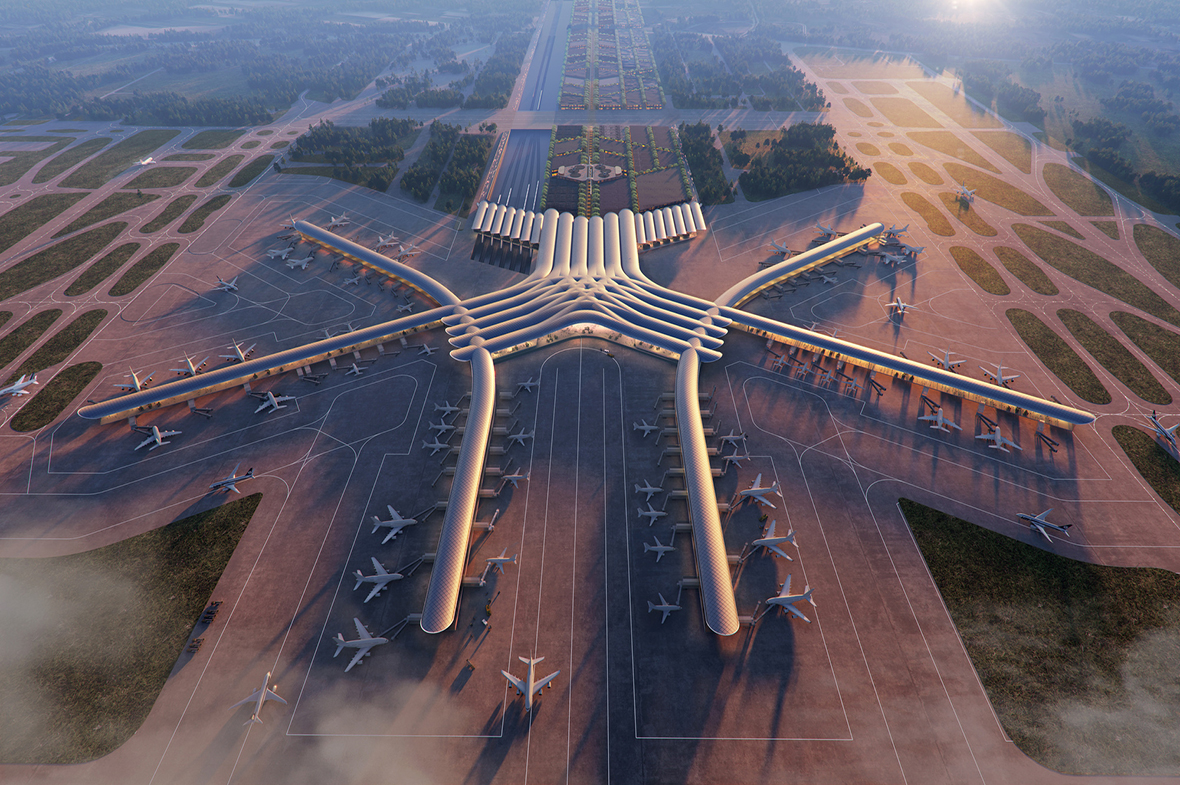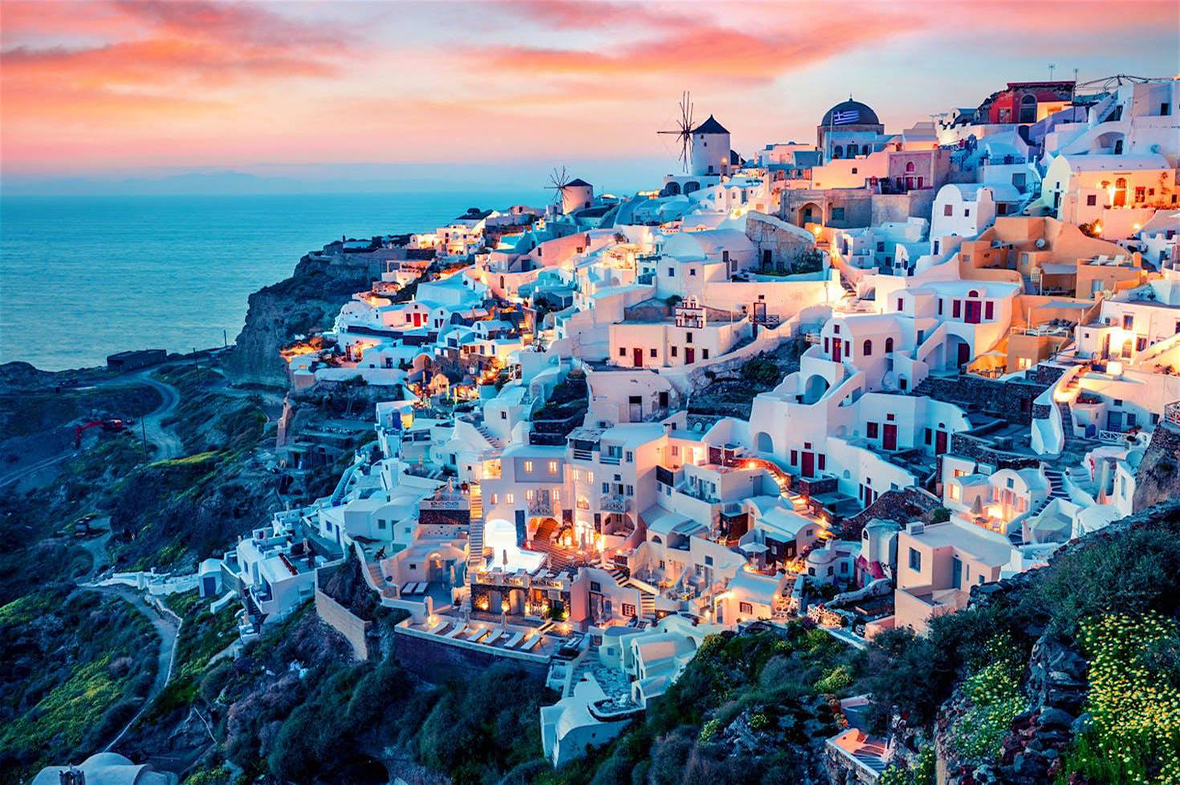Montana, known as “Big Sky Country,” is renowned for its majestic landscapes, abundant wildlife, and outdoor adventure activities, attracting travelers from all over the world. Whether you plan to explore Yellowstone National Park, Glacier National Park, ski in Whitefish, or hike in Bozeman, choosing the right airport and flight will significantly enhance your travel experience.
We’ll delve into Montana’s main airports, best flight routes, connecting tips, transportation options, and essential travel information, helping you plan a smooth and enjoyable Montana trip.
1. Overview of Montana’s Major Airports
Montana covers a vast area, but with a relatively low population density, it has fewer commercial airports. The state has 8 commercial airports, with some offering direct flights and others mainly relying on larger hub airports for connections. Below are the main airports in Montana and their features:
(1) Bozeman Yellowstone International Airport (BZN)
- Location: About 13 km from downtown Bozeman, it’s a primary gateway to Yellowstone National Park.
- Highlights:
- Montana’s busiest airport with the highest passenger traffic and the most flight options.
- Offers direct flights to major cities like Los Angeles (LAX), Seattle (SEA), Denver (DEN), Dallas (DFW), and Chicago (ORD).
- Ideal for travelers heading to Yellowstone’s north entrance, Bozeman, and Big Sky Resort.
- Offers rental cars, airport shuttles, taxis, and more for convenient transportation to popular attractions.
(2) Billings Logan International Airport (BIL)
- Location: Located in Billings, Montana’s largest city.
- Highlights:
- Montana’s second-largest airport, a key hub for eastern Montana and Yellowstone County.
- Direct flights to Denver, Seattle, Minneapolis, Salt Lake City, Dallas, and other major cities.
- A great choice for travelers heading to Yellowstone’s northeast entrance, especially those entering the park via the Beartooth Highway.
(3) Glacier Park International Airport (FCA)
- Location: Situated in Kalispell, it’s the primary airport for accessing Glacier National Park.
- Highlights:
- Offers direct flights to cities like Seattle, Salt Lake City, Denver, Dallas, and Chicago.
- Summer is the busiest travel season, with many airlines offering seasonal flights.
- Just a 30-minute drive to Glacier National Park’s west entrance, making it ideal for visitors planning hiking, camping, or road trips.
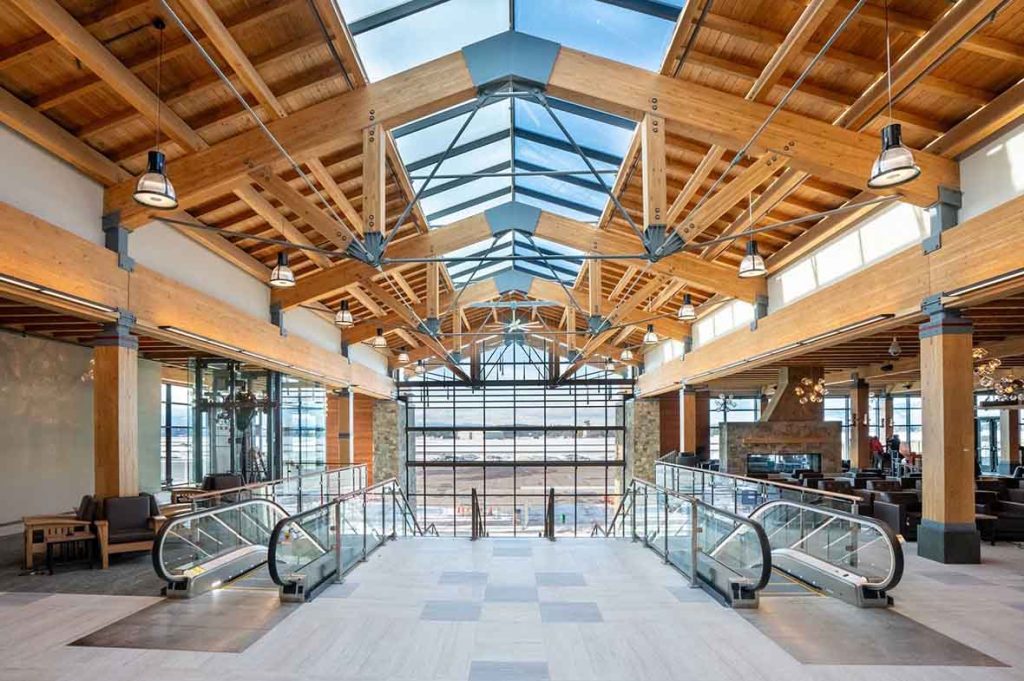
(4) Missoula Montana Airport (MSO)
- Location: Located in Missoula, a major city in western Montana.
- Highlights:
- Direct flights to Seattle, Salt Lake City, Denver, Los Angeles, San Francisco, and other major cities.
- Close to the University of Montana, making it a great choice for campus visits or academic conferences.
- Ideal for travelers exploring western Montana, Flathead Lake, and the surrounding areas.
(5) Other Commercial Airports
In addition to the above major airports, Montana also has several smaller airports that primarily serve regional flights:
- Great Falls International Airport (GTF): Serves central Montana.
- Helena Regional Airport (HLN): Located in Montana’s state capital, Helena.
- Bert Mooney Airport (BTM): Serves travelers to Butte and nearby historic mining sites.
2.Best Flight Routes to Montana
When traveling to Montana, choosing the best flight route not only saves time but also enhances the comfort of your journey. While Montana is not a major metropolis, its rich natural landscapes and outdoor activities attract many visitors from both domestic and international locations. Depending on your point of departure, travelers can choose direct flights or connect via hub airports. Here are additional flight route suggestions to help you better plan your trip to Montana.
(1) Direct Flights
In addition to the commonly mentioned direct flights, travelers from other major cities can also select suitable direct routes. Direct flights often reduce layover time, allowing travelers to reach their destination more easily and comfortably. Here are some additional direct flight recommendations:
- Salt Lake City (SLC) → Bozeman (BZN): This route is ideal for travelers heading to eastern Montana or Yellowstone National Park, with a flight time of approximately 1.5 hours.
- San Francisco (SFO) → Glacier Park (FCA): West Coast travelers can directly fly to the Glacier National Park area, experiencing its majestic natural scenery.
- Boston (BOS) → Bozeman (BZN): For travelers coming from the East Coast, this route offers convenience with a flight time of around 5 hours.
- New York (JFK) → Billings (BIL): Travelers from New York can opt for a direct flight to Montana. Billings serves as the eastern gateway to the state, making it perfect for visiting Yellowstone Park.
(2) Connecting Flights
If your city does not offer direct flights to Montana, or if you’re looking for a more cost-effective option, connecting flights can still be a great choice. Below are more recommended hub airports, which offer frequent flights to Montana’s major cities.
- Dallas (DFW) → Bozeman (BZN): If you’re traveling from the southern or southeastern U.S., Dallas is a common connecting hub with frequent flights to Bozeman.
- Atlanta (ATL) → Billings (BIL): Travelers departing from Atlanta in the southeastern U.S. can easily connect through Billings to access eastern Montana.
- Los Angeles (LAX) → Missoula (MSO): From Los Angeles, travelers can connect via Denver or Salt Lake City to reach Missoula, which is ideal for West Coast visitors.
3.Connecting Flight Tips
When choosing a connecting flight, it’s important to check the layover duration in advance to avoid missing your connecting flight due to insufficient time. During layovers, ensure you have enough time for security checks, boarding, and other procedures, especially at large hub airports, which may involve long walks or queues.
Airport Transportation
Once you arrive at Montana’s airports, considering how to reach your final destination is important. While Montana’s airports don’t have the extensive public transportation systems of larger cities, the following transportation options can help you easily reach your destination.
(1) Car Rentals
Montana is famous for its vast lands and natural beauty, with most attractions spread across cities and national parks. Renting a car is the most convenient and flexible way to get around, especially for those planning a road trip. It allows for freedom to explore and reach areas that may not be accessible by public transport. In addition to major rental companies like Hertz, Enterprise, and Avis, many smaller rental agencies also offer competitive prices, especially during the busy summer season.
- Tip: Montana’s highways are usually spacious and clear, but some mountain roads may have snow during winter. Be sure to check weather and road conditions before driving to ensure safe travel.
(2) Airport Shuttles & Ride-sharing
In most cities, airport shuttles are the primary means of transportation between airports and the city center, especially during the summer tourist peak. Bozeman Airport offers direct shuttle services to Yellowstone National Park, which is perfect for tourists planning a day trip to the park. Additionally, ride-sharing services like Uber and Lyft are available in larger cities such as Bozeman and Billings, offering convenient and reasonably priced options.
- Tip: Since Montana’s vastness means that airports and city centers are often far apart, ride-sharing costs can be relatively high. In more remote areas, such as near Glacier National Park, ride-sharing services may not be as widely available.
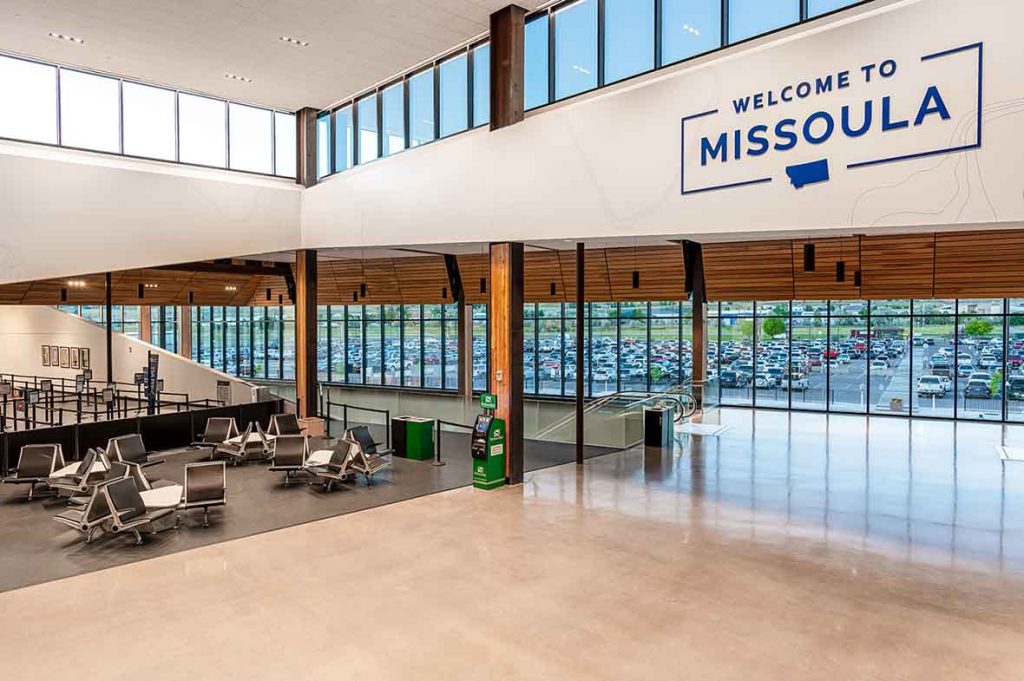
(3) Public Transportation
While Montana does not have a developed public transport system, larger cities like Billings, Missoula, and Bozeman offer limited city bus services. Most bus routes operate on a restricted schedule, so relying solely on public transport is not recommended.
- Glacier Park International Airport offers dedicated tourist bus services that transport visitors to Glacier National Park, suitable for both winter and summer tourists.
- If you plan to visit more distant attractions, renting a car or joining a tour group is recommended.
4.Essential Travel Information
(1) Best Time to Visit
The best time to visit Montana depends on the type of activities you’re interested in. Montana boasts an extraordinary variety of natural landscapes and outdoor experiences, with each season offering a unique atmosphere.
- Spring (March-May): Spring is the best time to enjoy wildflowers and flowing streams, making it ideal for hiking and wildlife observation. However, some attractions may be temporarily closed due to weather.
- Winter (December-February): If you’re a skiing enthusiast, Big Sky Resort and other ski destinations are the best places to visit in winter. This season also sees the highest concentration of tourists, so it’s important to plan accommodation and transportation well in advance.
- Fall (September-November): Fall offers another great opportunity to experience Montana’s beautiful landscapes, especially the changing autumn leaves in the forests. During this time, tourist numbers are relatively low, and airfare and accommodation prices tend to be more affordable.
(2) Flight Booking Tips
To ensure you get the best price for your flight tickets, it’s recommended to compare prices using the following platforms:
- Google Flights: Search and track price fluctuations, buying tickets in advance often leads to better prices.
- Skyscanner: A powerful comparison platform, especially for travelers who need multiple layovers or have flexible travel dates.
- Early Planning: If you’re planning to visit Montana during peak seasons (summer or winter), it’s advisable to book tickets 2-3 months in advance. This will ensure you get tickets and may also help you secure lower fares.
Whether you’re visiting Montana for a natural adventure or a relaxing vacation, understanding flight routes, airports, and transportation options will significantly enhance your travel experience. With proper planning and early preparation, you can enjoy a smooth and unforgettable Montana trip!

